Starting tomorrow, people under home isolation would be required to follow the “one person per housing unit” rule if in private housing, or stay at a quarantine hotel or centralized quarantine facility, the Central Epidemic Command Center (CECC) said yesterday.
Minister of Health and Welfare Chen Shih-chung (陳時中), who heads the center, said the rules require people under home quarantine to be quarantined with one person per housing unit, or at a quarantine hotel or centralized quarantine facility.
“Starting on March 1, individuals under home isolation will also be subject to the ‘one person per housing unit’ rule,” he said. “We consider the risk of infection to be relatively high among people living in the same household.”
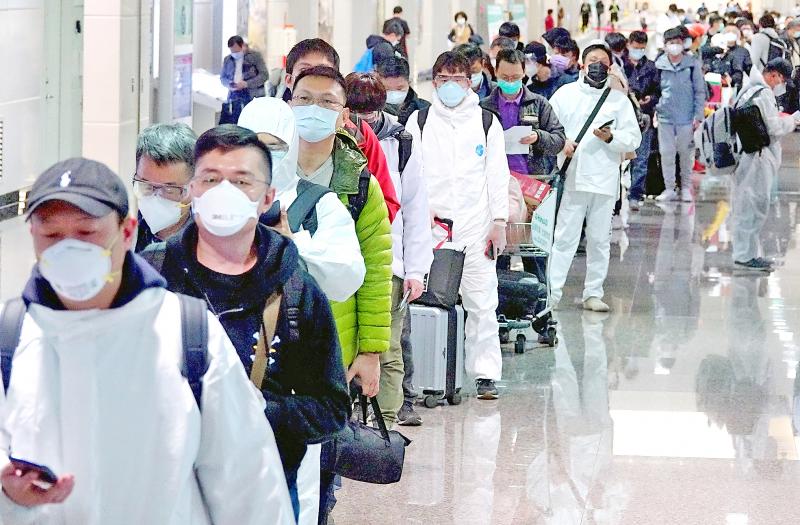
Photo: Chu Pei-hsiung, Taipei Times
People undergoing home isolation cannot stay in a housing unit in which non-isolated people live, unless they obtain special approval, the CECC said.
If all members of a household have been put under home isolation and were last exposed to a confirmed COVID-19 case on the same day, they would be allowed to isolate in the same housing unit, but in separate rooms with independent bathrooms, it said.
Minors, people aged 65 or older, people with disabilities or catastrophic illness, who need to be accompanied by another adult during home isolation, would be allowed to isolate in a housing unit with one caregiver, Chen said, adding that the caregiver would receive a home isolation notice and would be obligated to follow isolation rules.
Centers for Disease Control (CDC) Deputy Director-General Philip Lo (羅一鈞), who is deputy chief of the CECC’s medical response division, said gene sequencing on virus samples taken from 14 people among the 21 confirmed cases in a cluster infection at Taoyuan General Hospital has found that they were all infected with novel variant SARS-CoV-2, CAL.20C, which was first identified in South California.
The variant is possibly more contagious, has a higher contagion rate in households and might cause more serious illness, he said, citing data from the cluster as well as a study into the variant by University of California, San Francisco researchers.
Three of the 21 cases in the cluster, or 14 percent, were admitted to an intensive care unit (ICU), Lo said.
The university’s study showed that about 13 percent of patients with the variant were admitted to an ICU, compared with about 3 percent of patients infected with other variants, he added.
The contagion rate in households in the cluster was about 22 percent, lower than the 35 percent suggested in the study, he said, but added that it was still higher than the 4.6 percent contagion rate in households suggested in a study on the first 100 confirmed cases in Taiwan.
The CECC’s comprehensive review on the cluster, which caused up to 4,888 people to be placed under isolation, has five suggested improvements, including a modified standard for identifying close contacts of confirmed cases, Lo said.
In related news, the CECC yesterday reported three new imported COVID-19 cases.
One of them is a British student who had tested positive in the UK and provided two negative test results before arriving in Taiwan, Chen said.
However, she tested positive upon ending centralized quarantine on Thursday, he said.
Another case is an Indonesian sailor who arrived in Taiwan on Feb. 8 after departing Vietnam on Feb. 3, Chen said.
He tested positive in a paid test on Thursday after having completed quarantine at a hotel, he added.
The other case is a Philippine migrant worker who tested positive in a paid test on Friday while practicing self-health management, Chen said.
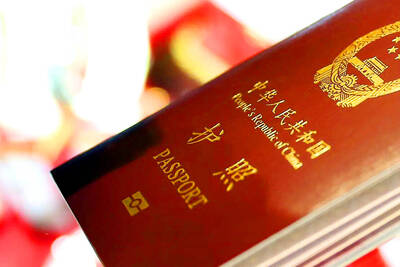
The Ministry of the Interior (MOI) is to tighten rules for candidates running for public office, requiring them to declare that they do not hold a Chinese household registration or passport, and that they possess no other foreign citizenship. The requirement was set out in a draft amendment to the Enforcement Rules of the Public Officials Election and Recall Act (公職人員選舉罷免法 ) released by the ministry on Thursday. Under the proposal, candidates would need to make the declaration when submitting their registration forms, which would be published in the official election bulletin. The move follows the removal of several elected officials who were
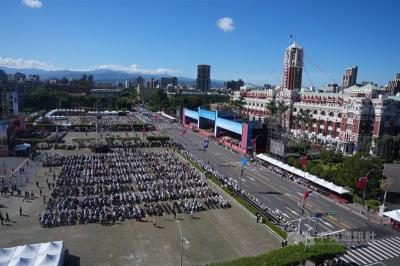
The Republic of China (ROC) is celebrating its 114th Double Ten National Day today, featuring military parades and a variety of performances and speeches in front of the Presidential Office in Taipei. The Taiwan Taiko Association opened the celebrations with a 100-drummer performance, including young percussionists. As per tradition, an air force Mirage 2000 fighter jet flew over the Presidential Office as a part of the performance. The Honor Guards of the ROC and its marching band also heralded in a military parade. Students from Taichung's Shin Min High School then followed with a colorful performance using floral imagery to represent Taiwan's alternate name
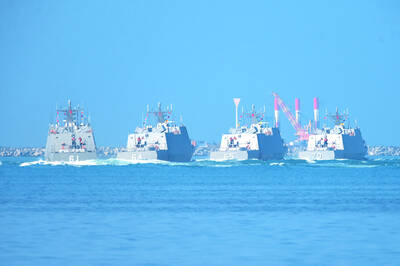
FOUR DESIGNATED AREAS: Notices were issued for live-fire exercises in waters south and northwest of Penghu, northeast of Keelung and west of Kaohsiung, they said The military is planning three major annual exercises across the army, navy and air force this month, with the navy’s “Hai Chiang” (海強, “Sea Strong”) drills running from today through Thursday, the Ministry of National Defense said yesterday. The Hai Chiang exercise, which is to take place in waters surrounding Taiwan, would feature P-3C Orion maritime patrol aircraft and S-70C anti-submarine helicopters, the ministry said, adding that the drills aim to bolster the nation’s offshore defensive capabilities. China has intensified military and psychological pressure against Taiwan, repeatedly sending warplanes and vessels into areas near the nation’s air defense identification zone and across
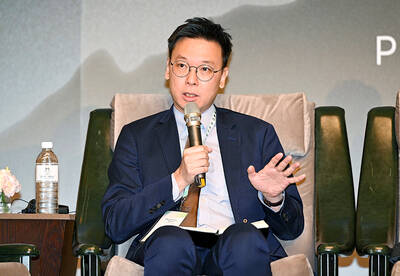
A Chinese takeover of Taiwan would severely threaten the national security of the US, Japan, the Philippines and other nations, while global economic losses could reach US$10 trillion, National Security Council Deputy Secretary-General Lin Fei-fan (林飛帆) wrote in an article published yesterday in Foreign Affairs. “The future of Taiwan is not merely a regional concern; it is a test of whether the international order can withstand the pressure of authoritarian expansionism,” Lin wrote in the article titled “Taiwan’s Plan for Peace Through Strength — How Investments in Resilience Can Deter Beijing.” Chinese President Xi Jinping’s (習近平) intent to take Taiwan by force